Beauty Brands Online Campaigns: Are they changing the way we define beauty?
Dove’s Real Beauty campaign
Ten years have passed since Dove’s first ‘Real Beauty’ campaign.
You probably know but it was Dove’s global marketing campaign that celebrated women’s natural beauty of ‘ordinary’ women, using ‘real’ women.It was simple, powerful and sensational says takepart. But above all, it was a success.
Beauty brands online campaigns like Dove made us face the ‘gap’ between real/fake representations of women. It was eye-opening in a sense that real women actually looked just as beautiful as ‘flawless’ models. Or even better.
Beauty comes in many forms
What’s the impact of the Real Beauty campaigns?
Ok, the impact of Dove’s real beauty campaign on every single person won’t be easy to measure. But there is some trails of what happened over the last decade.
Take for example, Wrecking Ball. Chatroulette’s parody of Miley Cyrus swinging on a wrecking ball went as viral as the original one.
Why?
It was hilarious to see people mocking ridiculously unrealistic standard of beauty. And then anti-Photoshop and no-makeup selfie movement exploded on social media. Oscar-winning actress, Lupita’s Nyong’o’s speech also made us realise that beauty comes in different forms and shapes.
Consumers’ right to share
Quite a number of ‘beauty revolution’ took place online, right?
I wouldn’t say that Dove has changed the beauty standard. But it was perhaps one of the very first and very few big brands to embrace the real beauty of real people.
Prior to the Internet, publishers used ads and catchy slogans to set a trend. But today consumers across the world are also publishers and curators (The Guardian). They choose which one to share or not to share.
Dove did an amazing job in a sense it framed their campaign around the story that would evoke consumers’ emotional response.
From beauty to clothing brands
Today, Dove’s ‘Real Beauty’ campaign is still ongoing. Like ‘Real Beauty Sketches’ in 2013.
So that went viral too. How about other brands then?
Unsurprisingly, many, if not all, are also following the similar trend. For example, other beauty brands like Procter & Gamble are also trying to challenge and change our stereotypes of what it REALLY means to be like a girl using the hastag #LikeAGirl.
Aerie, American Eagle’s sister store for lingerie, has also jumped on the bandwagon to promote anti-Photoshop campaign. No more Photoshopped Barbie-looking models. But more untouched real people instead.
Real beauty fatigue?
Brands that over-use the term might face backlash.
Yet, it doesn’t mean that all brand campaigns on real beauty will have viral potentials.
Following the success, Dove has recently released another campaign video. This time it’s about a beauty patch.
The reaction of the Internet this time seems to be mixed and ambiguous. Some criticised it for being too manipulative and insulting, rather than inspiring. While it has not yet caused massive negative reaction, it has made us rethink of the way they use the concept.
The bottom line is that brands need to sell their products. So what is the smartest way to sell – but at the same time not to sound too manipulative – when using an ‘ethical’ claim?
Anyways, no one has the answer to whether such viral campaigns have realistically changed our standard of beauty (not yet!).
But here is an idea – this was what beauty meant back in 1924 in the United States.
What do you think?
Appnova is a digital agency specializing in web design, UX, e-commerce, branding, digital marketing and social media.
Keep following us on Twitter @appnova and “like” us on Facebook for useful news and tasteful digressions about geeky stuff.
Subscribe To Us














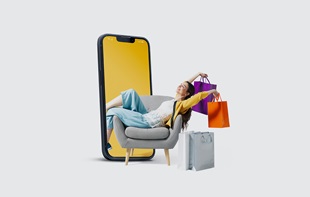






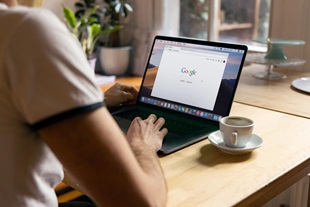


















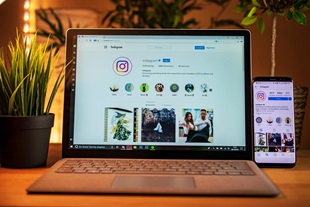

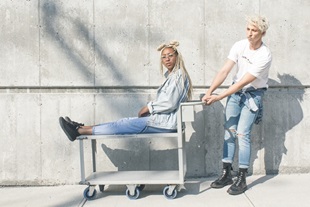





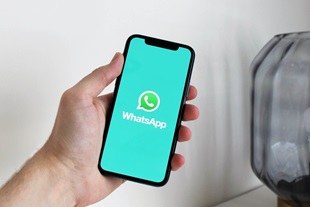
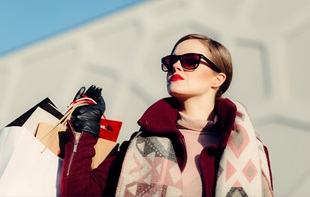










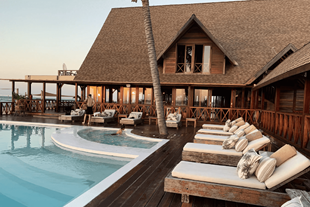








.jpg?mw=310)









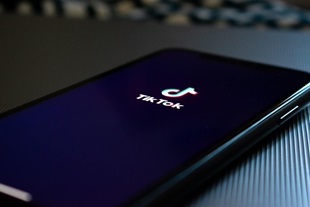







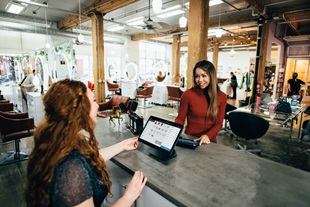






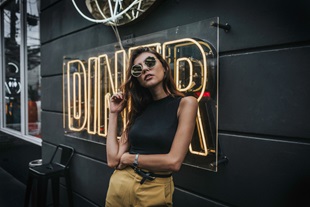




























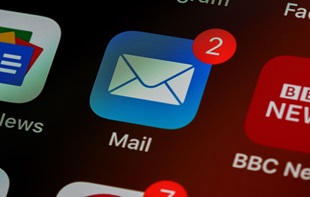
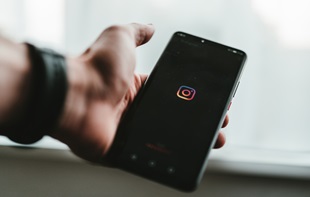






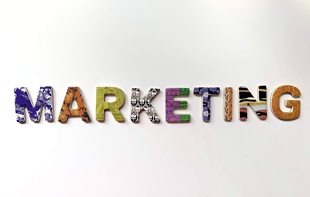

![The impact of online reviews on your business [Infographic]](/-/media/The-impact-of-online-reviews-on-your-business.jpg?mw=310)

![10 latest trends in digital marketing for beauty brands [Part.2]](/-/media/Appnova/Blog/ScreenShot20151026at1500471940x567/10-latest-trends-in-digital-marketing-for-beauty-brands-Part-2.jpg?mw=310)
![10 latest trends in beauty web design and digital marketing [Part.1]](/-/media/Appnova/BannerImages/18376519151_bbeaa6dafc_b-1/trends-in-beauty-web-design-and-digital-marketing/10-latest-trends-in-beauty-web-design-and-digital-marketing-Part1.jpg?mw=310)

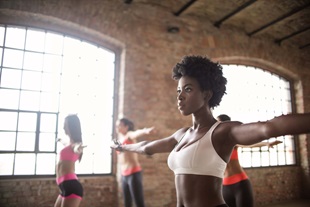

















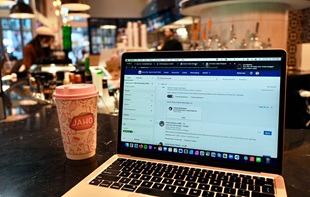





![15 crazy things people search on Google [Infographic]](/-/media/crazy-things-people-search-on-Google.png?mw=310)



![How to LOSE Twitter followers in 15 ways [Infographic]](/-/media/Appnova/Blog/08-internal-768x534.jpg?mw=310)
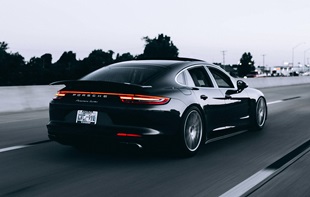


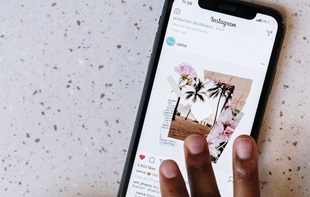



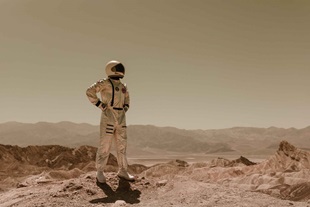
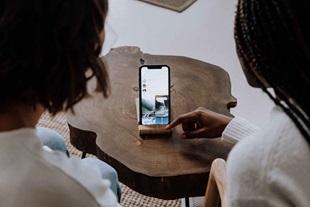



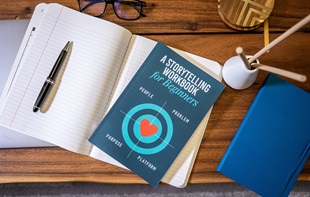



0.Comments